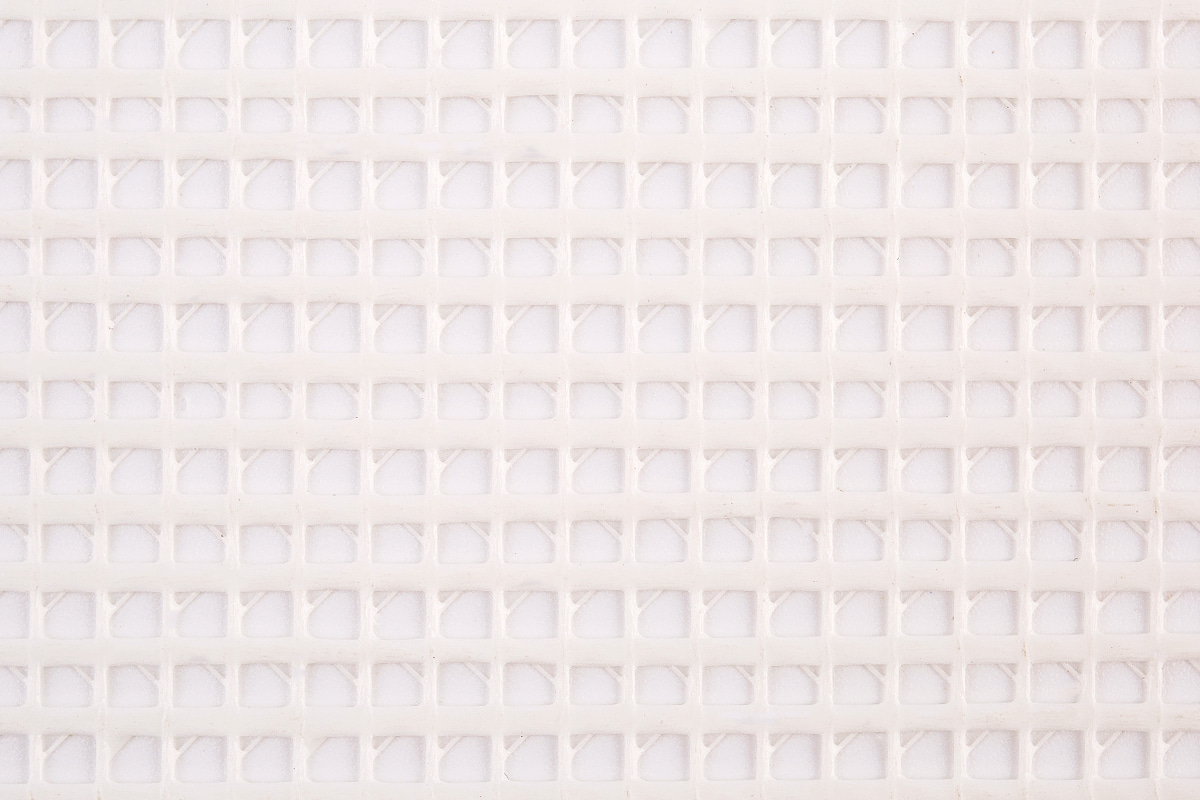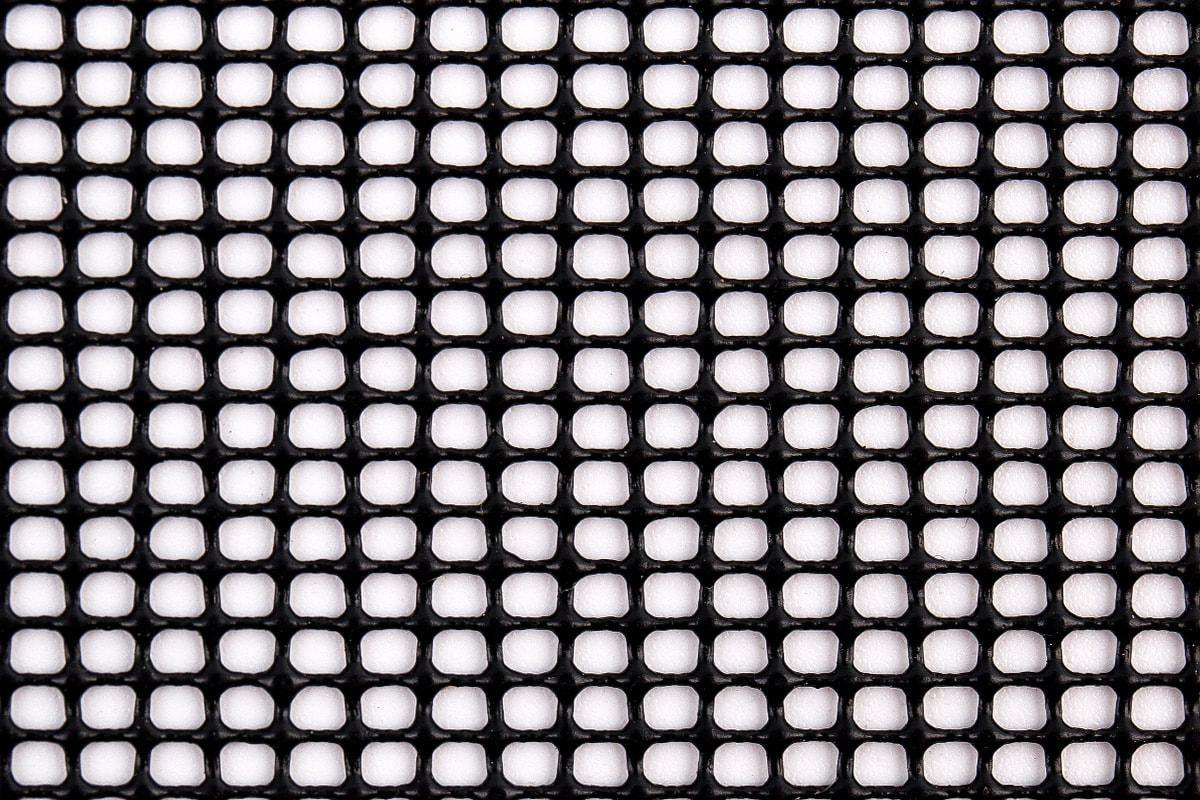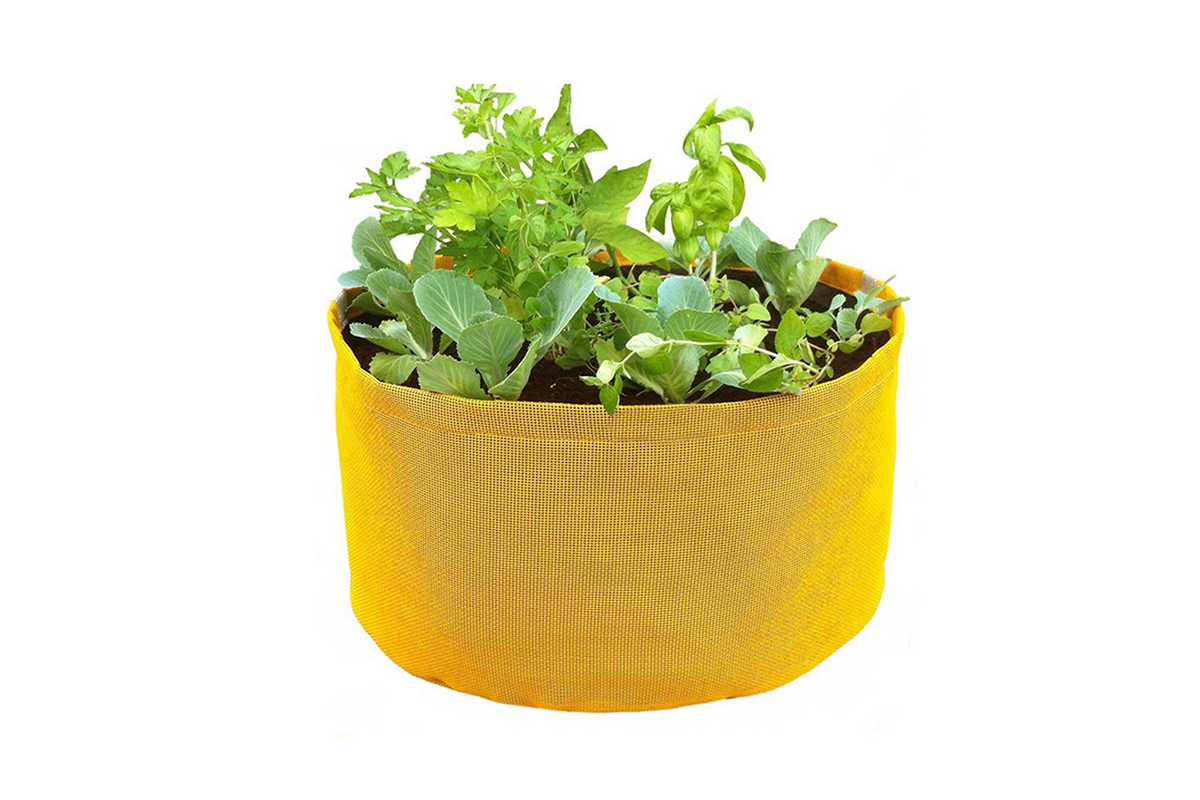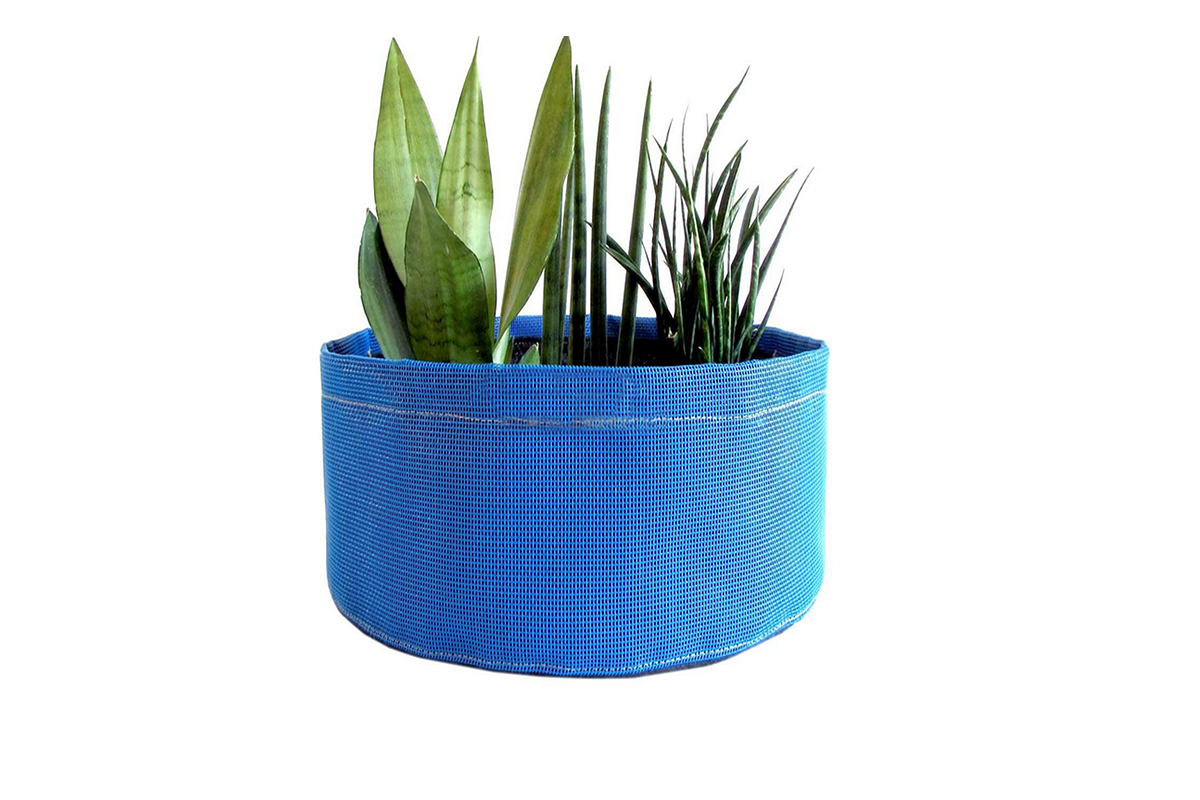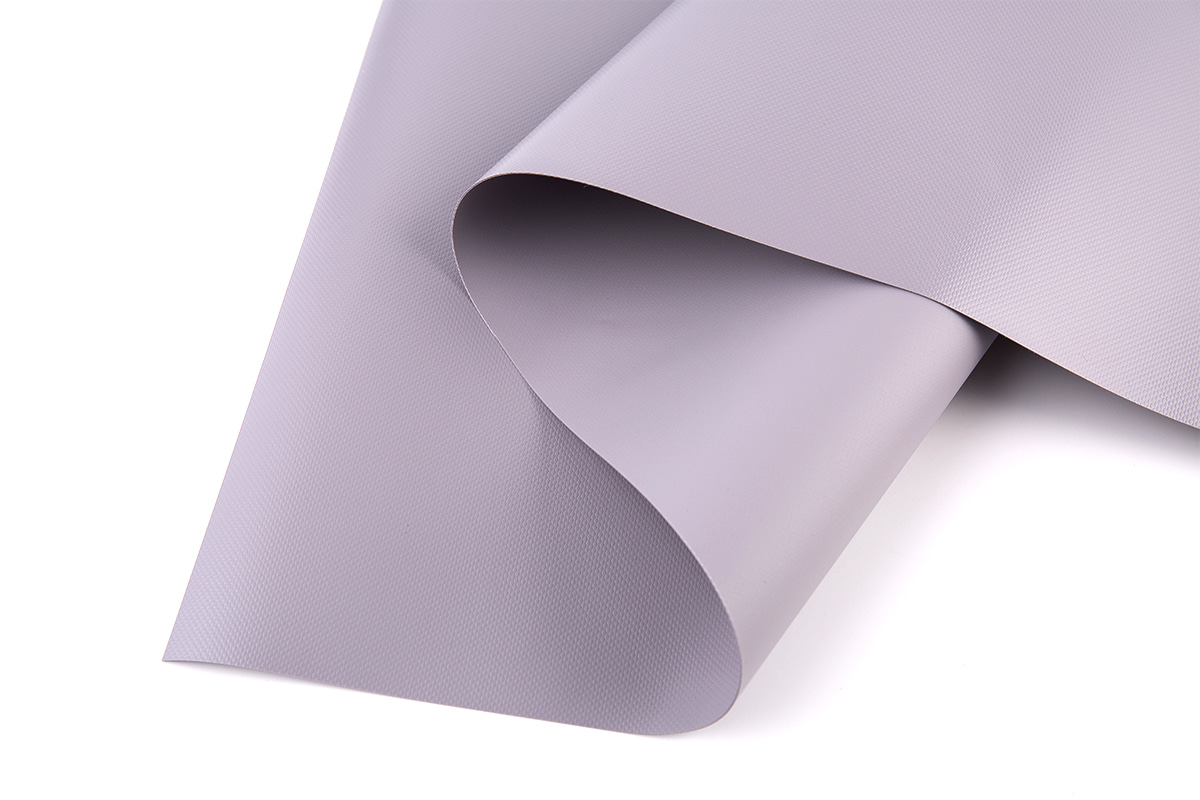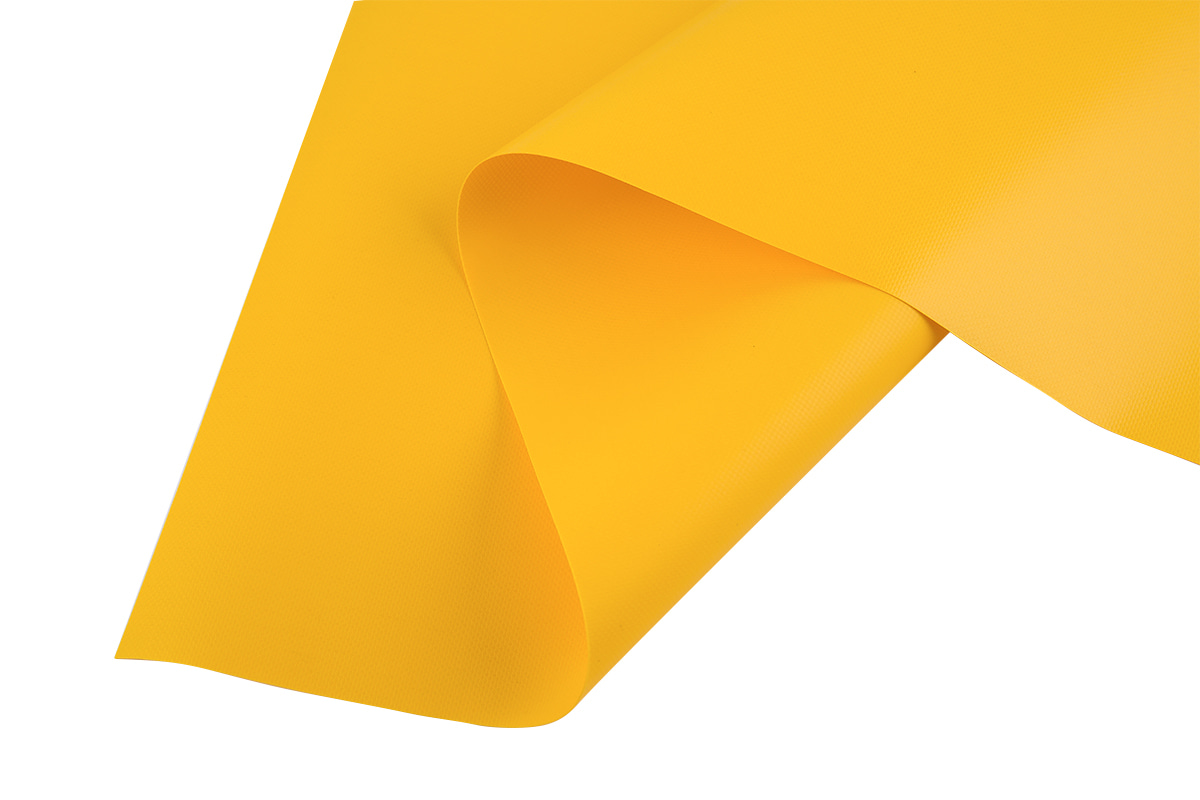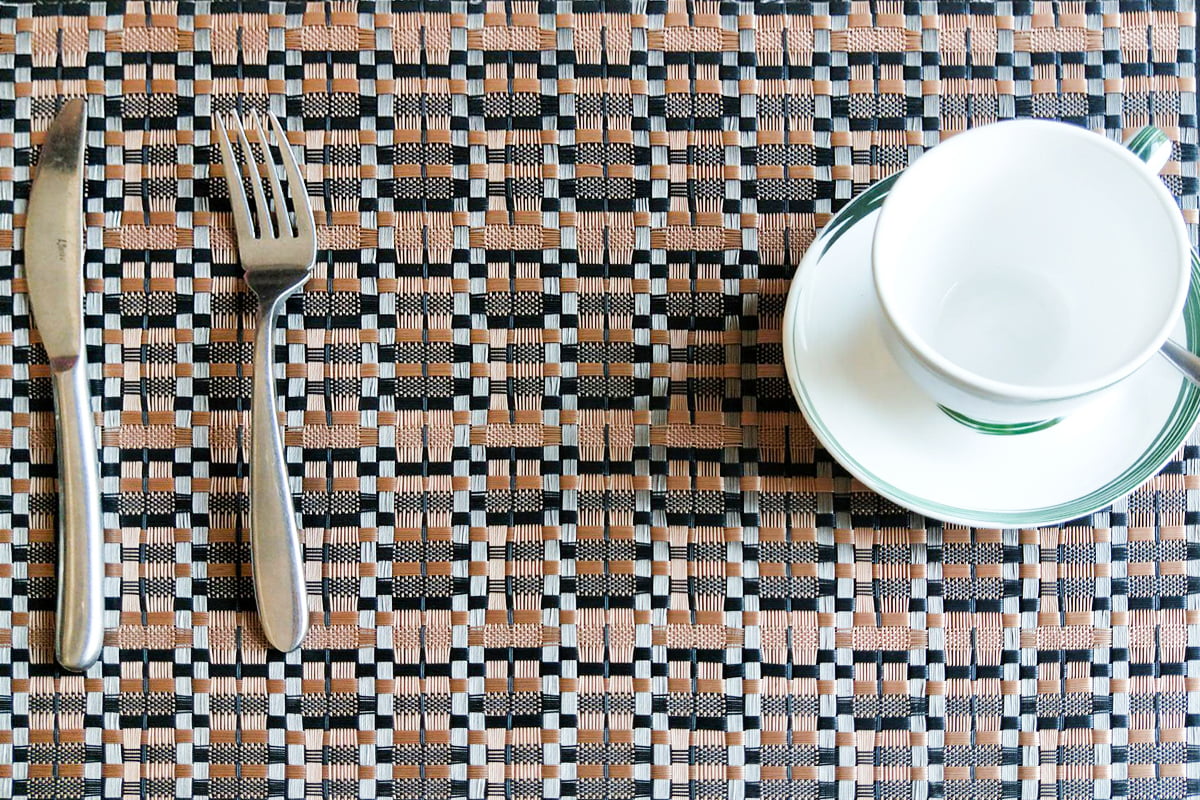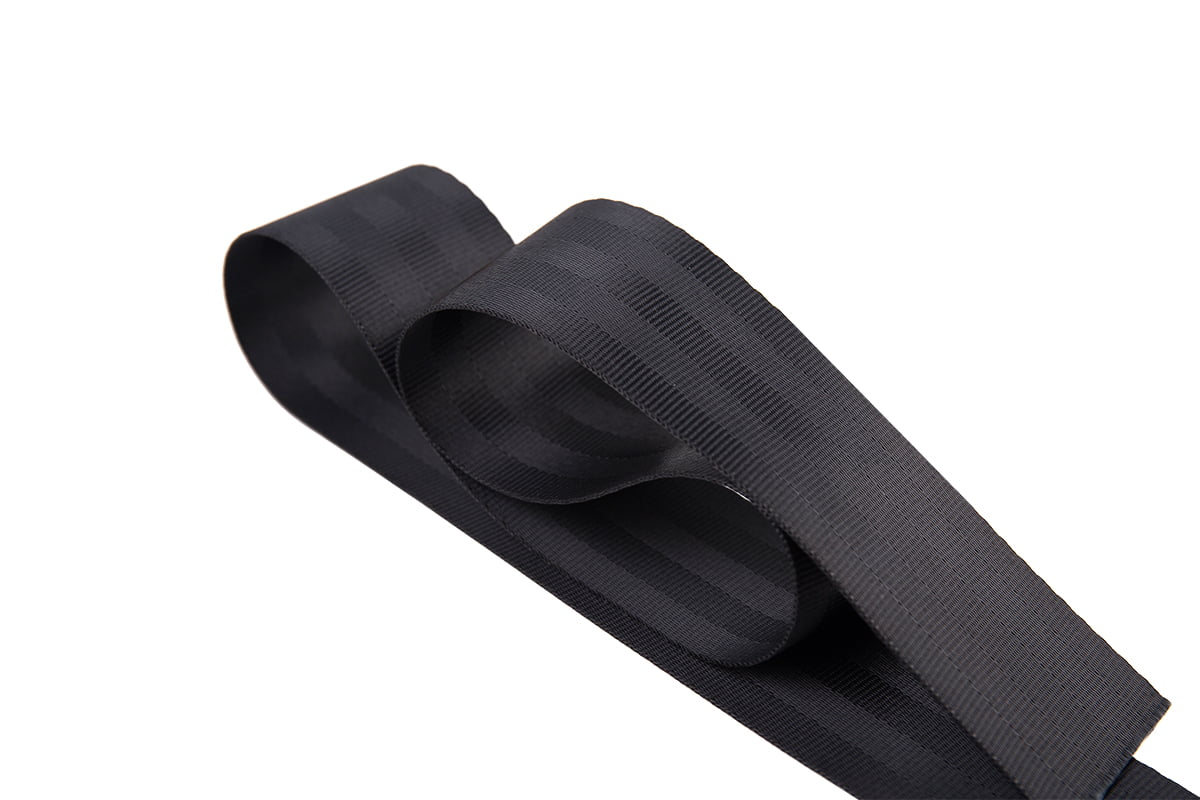China pvc sun shade fabric maker producer
With the intensification of global climate change, severe weather events have become more frequent, posing significant threats to agricultural production. During summer, high temperatures and intense sunlight can accelerate water evaporation, causing soil drought, and may directly scorch crop leaves, affecting their normal growth. To address this challenge, modern agricultural technology continues to advance, and PVC sun shade fabric has emerged as an efficient and eco-friendly solution, becoming an indispensable part of greenhouse agriculture. This article delves into how PVC sun shade fabric protects crops from severe weather while regulating light and temperature, promoting healthy crop growth.
Characteristics of PVC Sun Shade Fabric
PVC sun shade fabric is a special textile made from polyvinyl chloride (PVC) material, known for its great light transmission and shading properties. It also offers advantages such as waterproofing, UV resistance, and corrosion resistance. The surface of PVC sun shade fabric is treated to reflect some sunlight, reducing heat accumulation inside greenhouses and lowering the energy consumption of cooling systems. Additionally, the thickness and density of PVC sun shade fabric can be customized to meet the specific light requirements of different crops.
Applications of PVC Sun Shade Fabric in Greenhouses
Temperature Regulation: During hot summer days, PVC sun shade fabric effectively blocks direct sunlight, reducing heat buildup inside the greenhouse. By adjusting the extent of the fabric's coverage, farmers can flexibly control indoor temperatures and prevent crop damage from high heat. For example, fully extending the PVC sun shade fabric during the hottest parts of the day and partially retracting it in the cooler mornings and evenings ensures that crops receive adequate light.
Light Management: Different crops have varying light requirements, and both excessive and insufficient light can impact their growth and development. PVC sun shade fabric can be adjusted to manage light intensity according to specific crop needs. For shade-loving plants, a higher-shade-rate PVC sun shade fabric can be used, while for crops requiring ample sunlight, a lower-shade-rate fabric is more suitable. This precise light management helps improve crop yield and quality.
Protection from Extreme Weather: Beyond daily temperature and light regulation, PVC sun shade fabric provides additional protection against severe weather conditions such as storms and hail. Its durable material can withstand a certain degree of physical impact, reducing damage to crops caused by natural disasters.
Energy Efficiency: Using PVC sun shade fabric can significantly reduce the energy consumption of greenhouses. By naturally shading and cooling, it reduces the reliance on mechanical cooling systems, lowering operational costs and promoting environmental sustainability.
Future Outlook
As agricultural technology continues to evolve, the functions of PVC sun shade fabric will become more diverse, and its level of intelligence will increase. For instance, future PVC sun shade fabric might be equipped with automated control systems that adjust shading based on real-time weather data, enabling more precise management. This not only enhances the growing environment for crops but also provides farmers with a more convenient operating experience, driving agriculture toward greater intelligence and sustainability.
In summary, PVC sun shade fabric is a crucial component of modern greenhouse agriculture, helping farmers overcome environmental limitations and achieve efficient, stable production. With ongoing technological advancements, we can expect PVC sun shade fabric to play an even larger role in the future of agriculture.

 en
en Español
Español